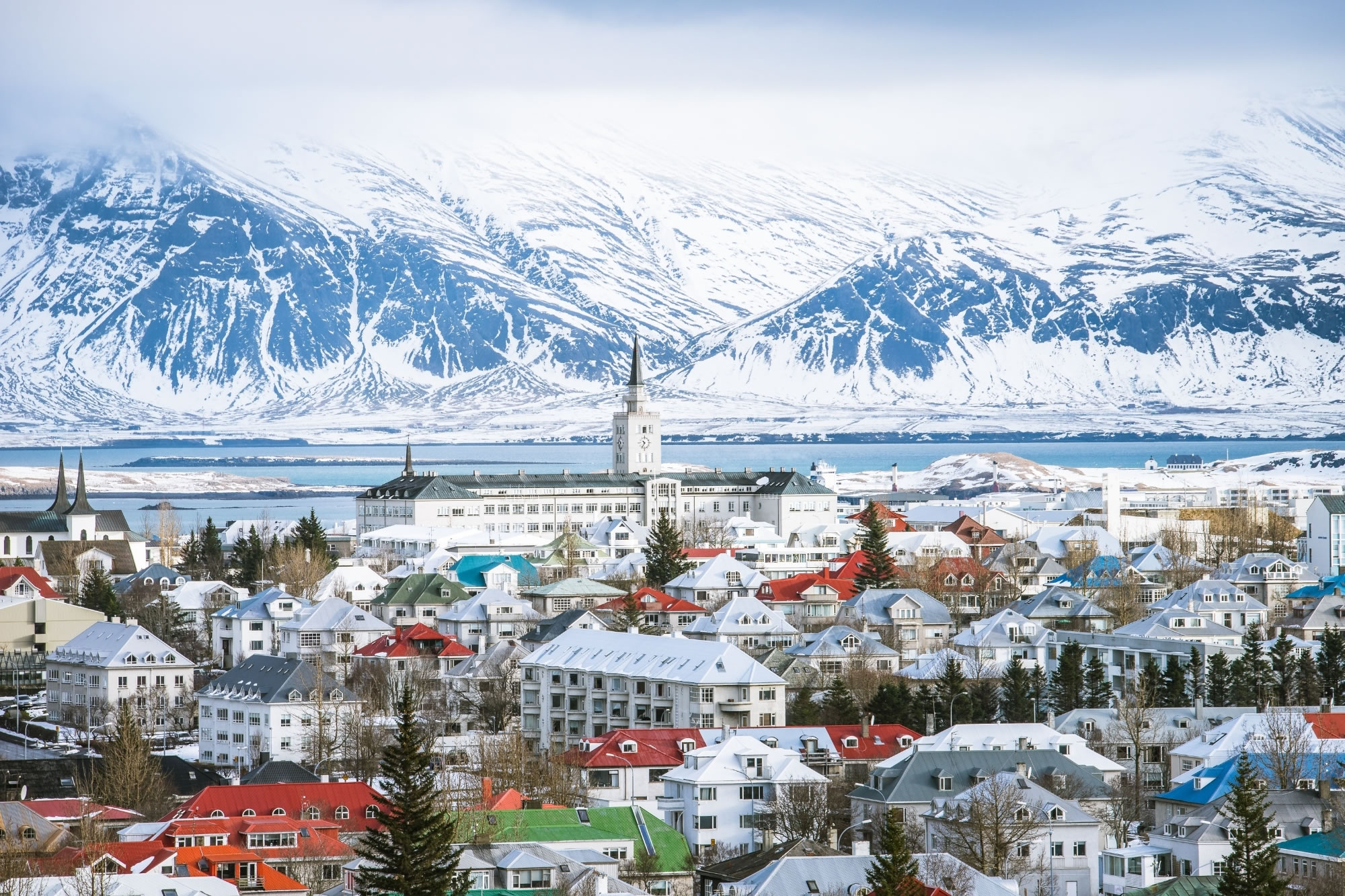
By its name, you would think Iceland is a barren country. However, nothing could be further from the truth. Iceland is a breath-taking mountainous nation with stunning glaciers, waterfalls and geysers. Reykjavik, Iceland’s capital, is a vibrant seaside city that serves as the gateway to the rest of the country’s dramatic beauty.
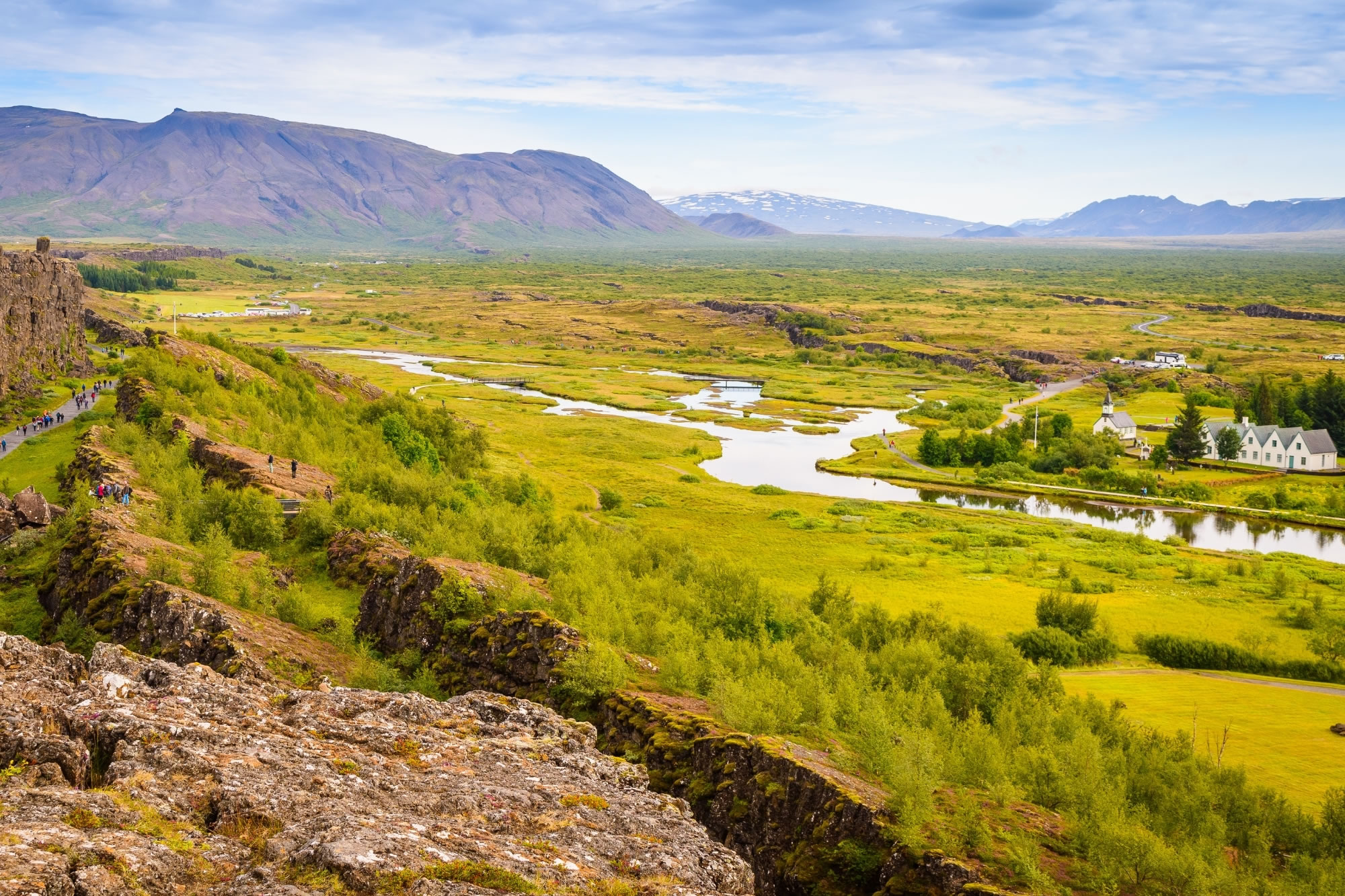
What to Do
Reykjavik has a deep appreciation for Iceland’s history and early settlers and that is well represented in the city’s numerous museums. Museums such as the National Museum of Iceland, the Árbær Open Air Museum have put Iceland’s distinctive past on display. One don’t miss exhibition is Landnámssýningin at the Reykjavik City museum, otherwise known as The Settlement Exhibition. At Landnámssýningin, you will come face to face with some of Iceland’s oldest relics from Reykjavik’s first houses and original town center.
Outside the city, there are countless adventures to be had. One popular route than many travelers embark on is the Golden Circle tour, due to its diverse sites and proximity to Reykjavik.
The Golden Circle starts with a trip to Thingvellir National Park, a historic site where the rocky pastures still hold the remnants of old stone churches and other shelters. From the 10th to 18th centuries, Thingvellir served as the meeting place for Iceland’s early Parliament.
The next stop on the Golden Circle tour is Strokkur, a geothermal hot spring geyser. Seeing Strokkur erupt is practically a guarantee, as it is one of the only geysers in the world to do so on a consistent basis. About every ten minutes, Strokkur will blast water over 50 feet in the air, sometimes even reaching 130 feet!
The tour is concluded at Gullfoss, one of Iceland’s most impressive waterfalls, standing a staggering hundred feet tall!
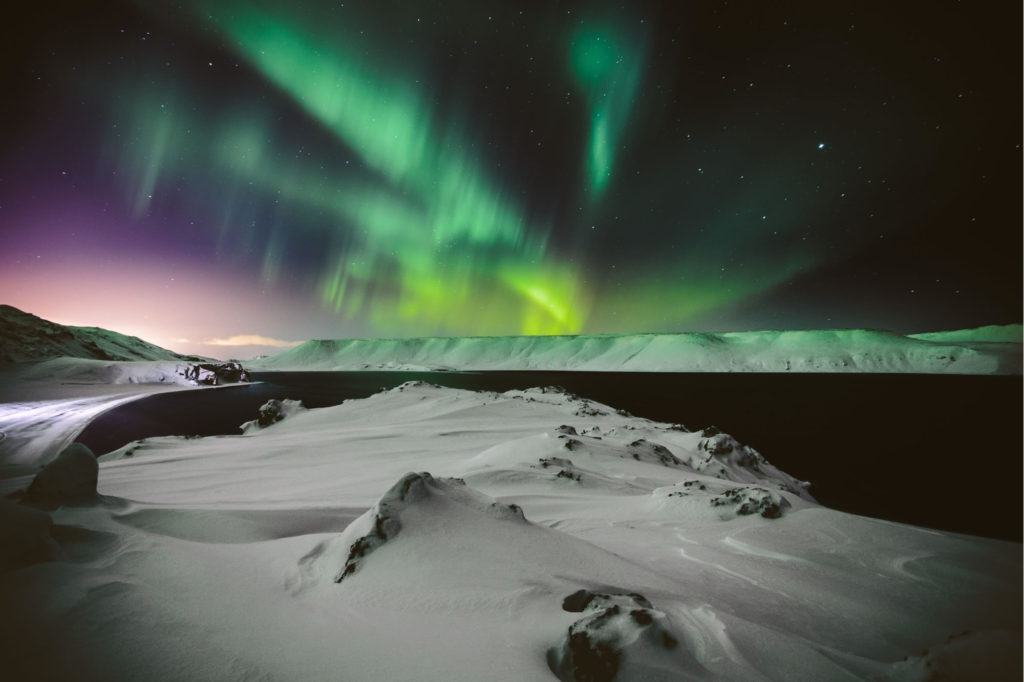
A trip to Iceland would not be complete without trying for a glimpse of the Aurora Borealis, otherwise known as the Northern Lights. Although not always guaranteed, gazing upon the Northern Lights is a once-in-a-lifetime experience. There are multiple ways to encounter this natural phenomenon, but the most common is taking a night tour from Reykjavik and returning shortly after. Travelers looking to get the most out of the Northern Lights should consider staying overnight in a glass igloo. Fully heated and equipped with blankets and other amenities you would find in a typical hotel room, enjoying one of these unique accommodations is a fantastic way to take in the staggering splendor of Iceland’s night sky!
After hiking and exploring the city, travelers should plan a day for relaxation as well. There may be no place in the world as soothing as the Blue Lagoon, just 45 minutes from Reykjavik in the town of Norðurljósavegur. The Blue Lagoon is a geothermal spa that has attracted visitors from all over for its health benefits and tranquility. The spa’s water is a vibrant baby blue and contains high silica levels that is extremely beneficial for your skin. Bathers are encouraged to take the white, purifying mud from the spa’s bottom and rub it on themselves to form proteins and maintain the elasticity of your skin.
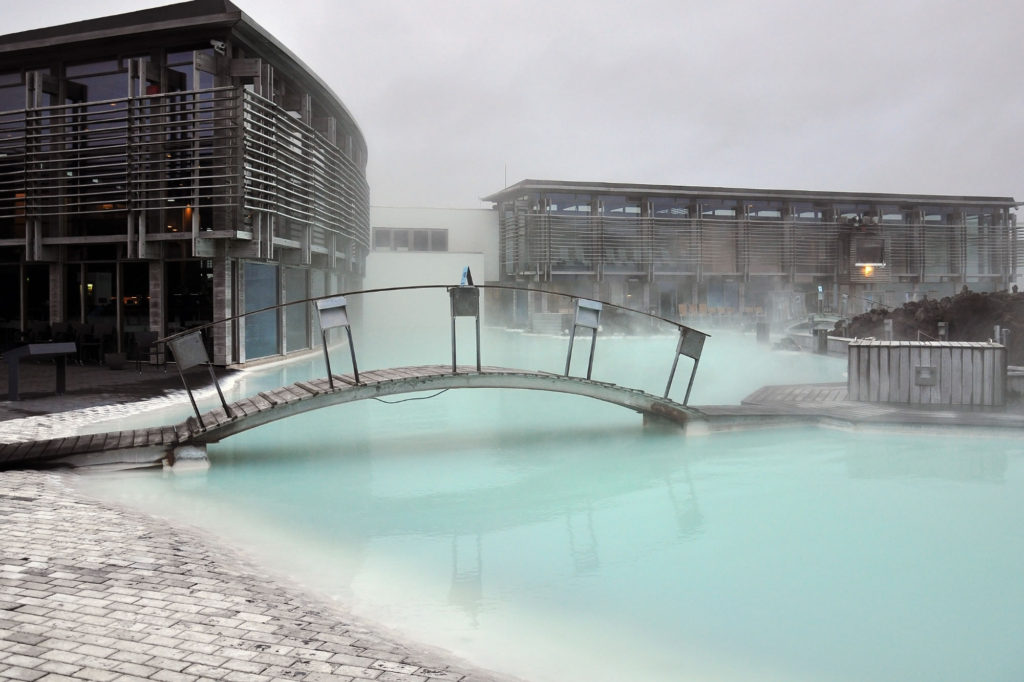
What to Eat
While lamb is an ingredient commonly used in various cultures, locals remain adamant that Icelandic sheep are the best in the world. What makes Icelandic sheep so special is how they are raised. None of Iceland’s sheep are grain fed or have been given growth supplements. Additionally, none are kept within fences, but rather, live their whole life free range and stay true to a natural diet of grass. Due to their popularity, lamb dishes can be found in almost every gourmet restaurant in Reykjavik. The traditional Icelandic way to prepare lamb involves slow roasting it with artic thyme in a geothermal heated pit, authentic to Iceland’s history and a true taste of the country’s culture, both past and present.
Reykjavik is a port city whose residents have a deep connection to the sea, which is well represented in their cuisine. While many fish mongers and restaurants serve cod, fish and chips and other mouth-watering recipes, adventurous eaters looking for a more adventurous culinary experience should seek out Hákarl, the national dish of Iceland. Hákarl is Greenland Shark that has been cured, fermented and left to dry for just under six months. While locals and some travelers rave about this dish, others cannot stand it. Chef Anthony Bourdain once said that Hákarl was “the single worst, most disgusting and terrible tasting thing” he had ever eaten. Either way, Hákarl is the ultimate test of cultural culinary curiosity for those brave enough to try!
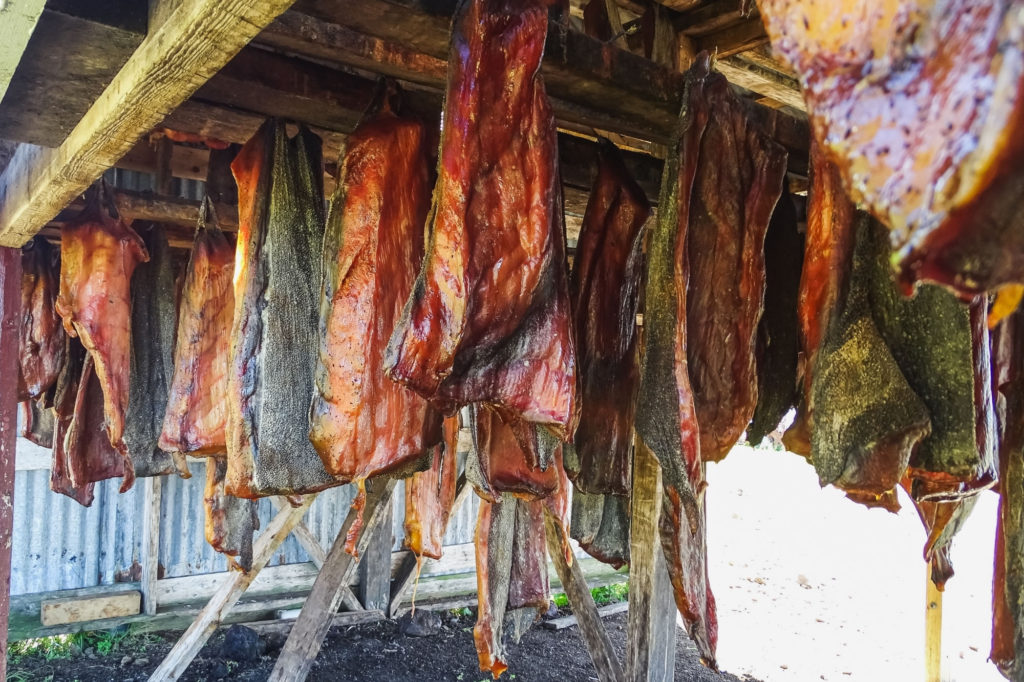
When to Go
The best time to visit Reykjavik is dependent on what you want your trip to look like. If you are looking to spend more time walking around the city, hiking or exploring the countryside, plan your trip for the summer months. During summer, the country sees a lot more sunlight and warmer temperatures. Some locations in Iceland can only be reached in the summer as roads can become hazardous in the winter. Additionally, travelers who hope to see puffins, a seabird local to Iceland, will only be able to see them in during the warmer months, as they migrate for the winter.
However, traveling to Iceland in the winter does have its advantages, if you are looking to embrace a winter wonderland, there is no place more magical than Iceland. The City of Reykjavik and the surrounding landscapes elevate to a new level of beauty when covered in white powdery snow. Additionally, the winter months offer the best chances to see the Northern Lights, due to the longer nights.
